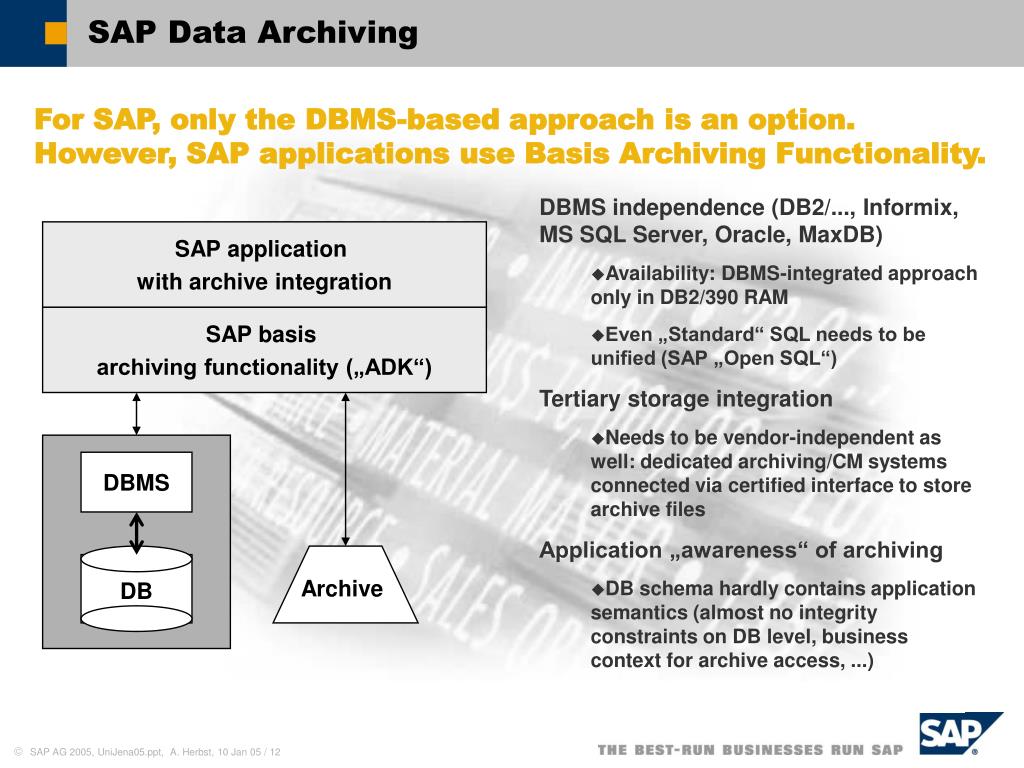

2) DBMS ER Model ER model: Entity Relationship Diagram (ERD) Components of ER Model. Types of DBMS DBMS Architecture DBMS Schema Three Schema Architecture. Applications of DBMS The difference between file system and DBMS. The overall description of a database is called the database schema.1) DBMS Concepts DBMS Tutorial Components of DBMS. There is only one internal schema per database. The internal schema at the lowest level contains definitions of the stored records, the methods of representation, the data fields, and indexes.There is only one conceptual schema per database. The conceptual schema describes all the data items and relationships between them, together with integrity constraints (later).The external schemas describe the different external views of the data and there may be many external schemas for a given database.There are three different types of schema corresponding to the three levels in the ANSI-SPARC architecture: This level separation also allows the Database Administrator (DBA) to change the database storage structures without affecting the users' views. The distancing of the internal level from the external level means that users do not need to know how the data is physically stored in the database. The Three Level Architecture has the aim of enabling users to access the same data but with a personalised view of it. It describes how the data is actually stored in the database and on the computer hardware.


External Level (User Views): A user's view of the database describes a part of the database that is relevant to a particular user.The internal structure of the database should be unaffected by changes to the physical aspects of the storage: For example, a changeover to a new disk.The database administrator should be able to change the database storage structures without affecting the users’ views.



 0 kommentar(er)
0 kommentar(er)
